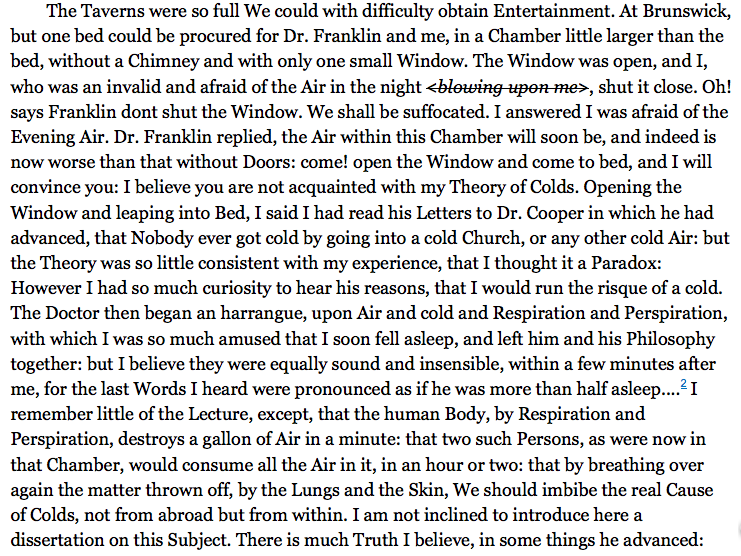- Facebook62
- Total 62
What are these times, when
A conversation about trees is almost a crime
Because it implies silence about so many misdeeds,
When, if you’re calmly crossing the street,
It means your friends can’t reach you
Who are in need? – Brecht, from An die Nachgeborenen (1939)
Racist incidents and youth protests in the USA (including the successful protests at Yale), terror in Paris and Beirut, war in the Levant–these are vastly different topics, and yet they all feed one 24/7 stream of commentary, social media, private conversation, and presidential politics in which themes seem to recur and recombine. Everyone has different views, but I think I discern at least three importantly distinct political philosophies in the mix:
1. A kind of liberalism that we might call, with Judith Shklar, the liberalism of fear. This perspective starts with an abhorrence of deliberate cruelty, especially at a large scale. The premise is that people are more or less capable of living decent lives if left alone, although they may need and deserve economic assistance that they can use as they wish. The worst danger comes from states. Governments must be restrained by general rules that prevent tyranny even if they also block some good ideas.
From this perspective, a private college like Yale is state-like, a threat to its members even if its leaders happen to be benign at the moment. Not only free speech rules but also autonomy for departments, decentralized hiring, tenure, a very flexible curriculum–these are all constitution-like protections against tyranny. If someone proposes a good idea, such as a required course, the question becomes: Why won’t that turn into a bunch of bad course requirements? Do you really trust the administration and the dominant culture that it represents to legislate what courses students must take?
Meanwhile, ISIS is obviously a fundamental threat to freedom and happiness. But the debate within the liberalism of fear is whether to pull out all the stops in attacking ISIS or rather to be concerned that European states and the USA will violate civil and human rights in the name of fighting ISIS.
2. A kind of radicalism that draws on critical race and gender studies, the Frankfurt School, Foucault, and postcolonialism. It observes some people oppressing many other people in a wide variety of settings, often inadvertently. Oppression is built into cultures and mentalities and requires changes in people’s ideas as well as rules and practices.
From this perspective, a private institution like Yale is not only an organization that has chosen official rules to regulate its members. It is also a place dominated by certain cultural norms and populated by people who have been selected and invited (rather than rejected or excluded). Almost everyone thinks that members of the Yale community should have specific rights, such as free assembly and tenure, but this perspective attends to other issues as well. It notes that the whole community has been formed and shaped to have a certain character. The institution’s pervasive culture is biased against some of its members–not to mention the many people who were not allowed in at all. These biases must be challenged.
Meanwhile, ISIS is obviously a terrible threat to diversity and inclusion, but the question quickly arises whether one contributing cause of terrorism may be the biased behavior of countries like France and the United States toward our own religious minorities and toward the Middle East.
3. Views that confidently propose a character for public life, either within a given institution or across a whole society. When John Kasich proposes an institute to spread Judaeo-Christian values, he certainly presumes that the US should have a dominant and unifying culture, but other people have other visions of what a good society should look like. The French republican tradition, for example, is egalitarian, nationalistic, and anti-clerical. It has little in common with US conservatism except for its willingness to argue that every citizen can be, and should be, part of one community with one set of norms. People who are saying, “Don’t pray for Paris–religion is what caused the problem” are invoking a particular idea of France as secular. Some years ago, Emmanuel Todd was sure that Muslim immigrant youth in France were rioting because they have “embraced … the fundamental values of French society, such as … the dyad of liberty-equality” and because they have inherited political norms from the ancient “peasant family structures in the Parisian basin.” He seems to have changed his tune lately, but his view was perfectly franco-republican in its assumption of a unitary egalitarian political culture.
From this perspective, an institution like Yale has a powerful culture and character that may not appeal to, or serve, everyone equally. The question is, what should that character be? Political and critical? Scientific and rationalistic? Nurturing and inclusive? Competitive and demanding? Eurocentric? Postcolonial and cosmopolitan?
Meanwhile, ISIS is an evil threat for this third perspective, but not because its leaders espouse a particular vision that all must follow. Rather, ISIS has a vision that is bleak and cruel and conflicts with the ethos of, say, secular, fun-loving Paris or capitalistic, Christian-infused America.
These are simplified views. I have ignored many complications–to name one, the question of whether a private voluntary association like Yale is very much like a state. As I wrote at the outset, everyone has a position of her own. For myself, I struggle to combine elements of all three views because all seem to me to embody some wisdom.

